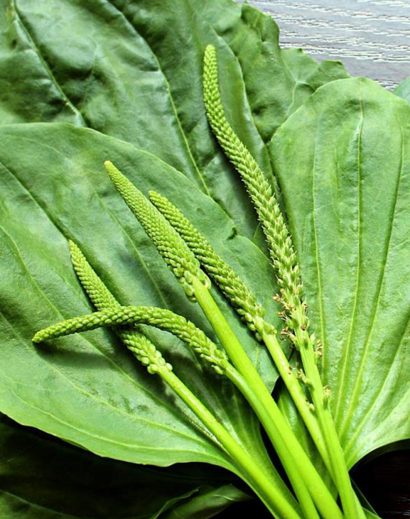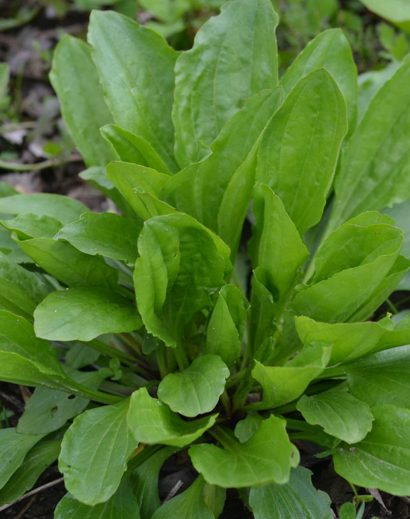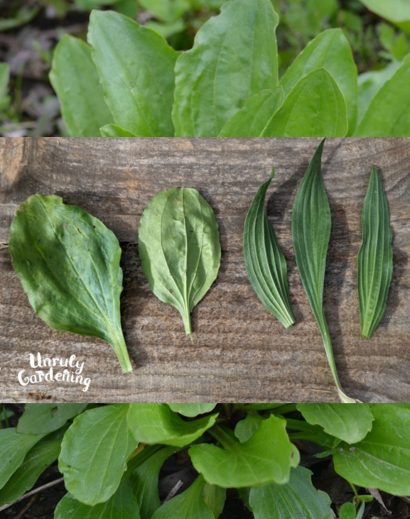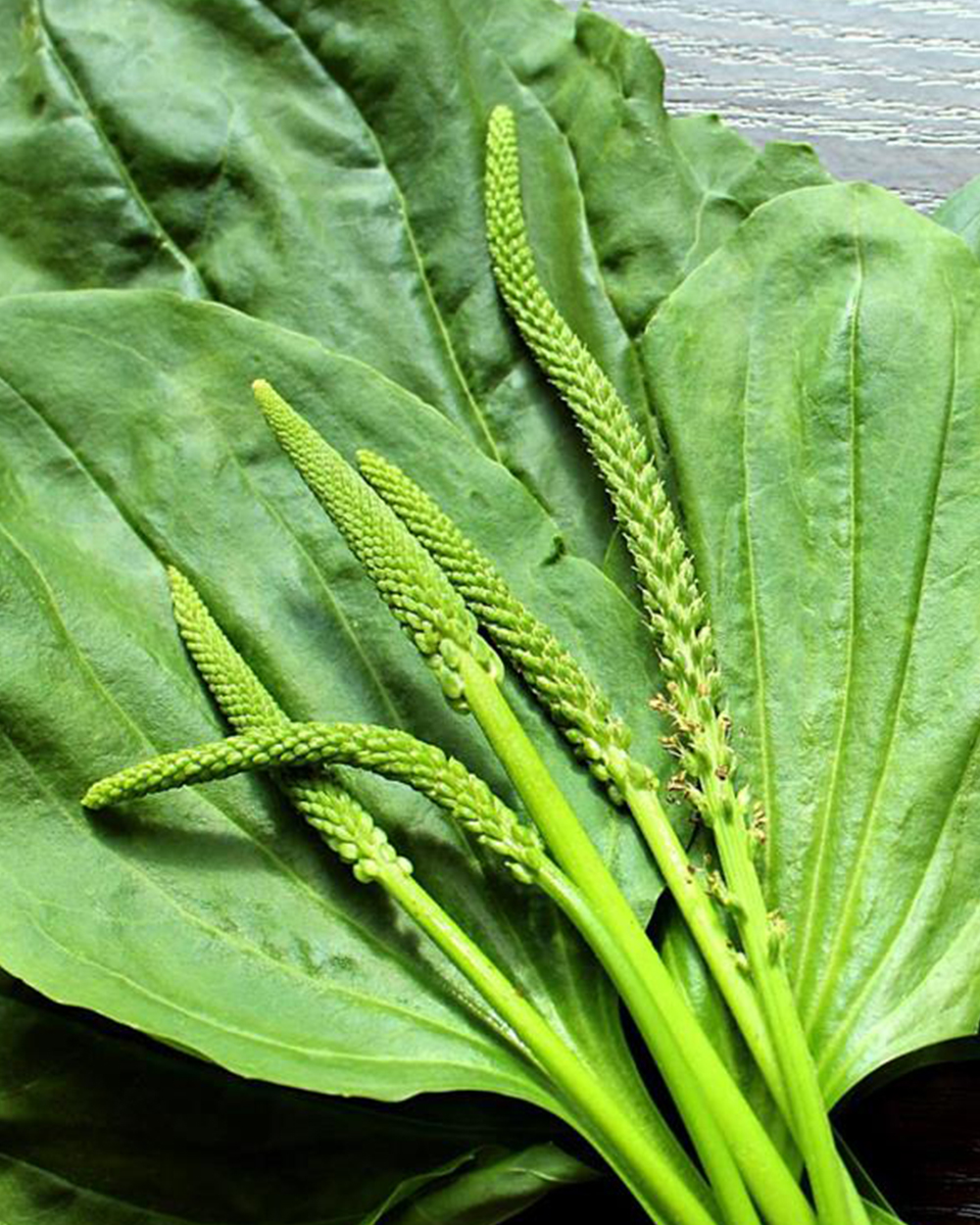Narrowleaf Plantain, scientifically known as Plantago lanceolata, is a common and widespread herbaceous perennial plant that belongs to the Plantaginaceae family. It is native to Europe and has become naturalized in various regions around the world, including North America. This plant is known by several common names, including English Plantain, Ribwort Plantain, and Lanceleaf Plantain.
Here is a description of the Narrowleaf Plantain:
- Appearance:
- Leaves: The most distinctive feature of Narrowleaf Plantain is its lance-shaped leaves, which are narrow and elongated, typically measuring 3 to 10 inches (7.5 to 25 cm) in length and 0.2 to 1 inch (0.5 to 2.5 cm) in width. The leaves have parallel veins and a prominent central rib, giving them a ribbed appearance.
- Stem: The plant has a low, basal rosette of leaves, and a long, slender, leafless stem (scape) that bears a cylindrical flower spike.
- Flowers: The flower spike contains numerous tiny, greenish-white to pale yellow flowers. These flowers are densely packed along the spike and are arranged in a cylindrical shape.
- Habitat:
- Narrowleaf Plantain can be found in a wide range of habitats, including lawns, fields, meadows, roadsides, and disturbed areas. It is a hardy plant that can adapt to different soil types and growing conditions.
- Life Cycle:
- It is a perennial plant, which means it lives for multiple years, but it often behaves like an annual or biennial due to its ability to produce new leaves and flower spikes each year.
- Ecological Role:
- Narrowleaf Plantain is a valuable food source for various wildlife, including rabbits and deer, which graze on its leaves.
- The flowers provide nectar for pollinators like bees and butterflies.
- Medicinal and Traditional Uses:
- Historically, various indigenous cultures and herbal traditions have used Narrowleaf Plantain for its medicinal properties. It is believed to have soothing and anti-inflammatory qualities, and its leaves have been used topically to treat insect stings, minor wounds, and skin irritations.
- Culinary Uses:
- While not commonly consumed as food, young Narrowleaf Plantain leaves are edible and can be added to salads or cooked as a leafy green vegetable. They have a slightly bitter taste.
- Cultural Significance:
- In some cultures, Narrowleaf Plantain has been associated with folklore and superstitions. It has been considered a plant of healing and protection in certain traditions.
- Invasive Potential:
- In regions where it is not native, Narrowleaf Plantain can become invasive and outcompete native plant species. Its adaptability and prolific seed production contribute to its invasiveness.
Overall, Narrowleaf Plantain is a versatile plant with a range of ecological, medicinal, and culinary uses, as well as cultural significance. It is easily recognizable by its distinctive lance-shaped leaves and cylindrical flower spikes.





Reviews
There are no reviews yet.